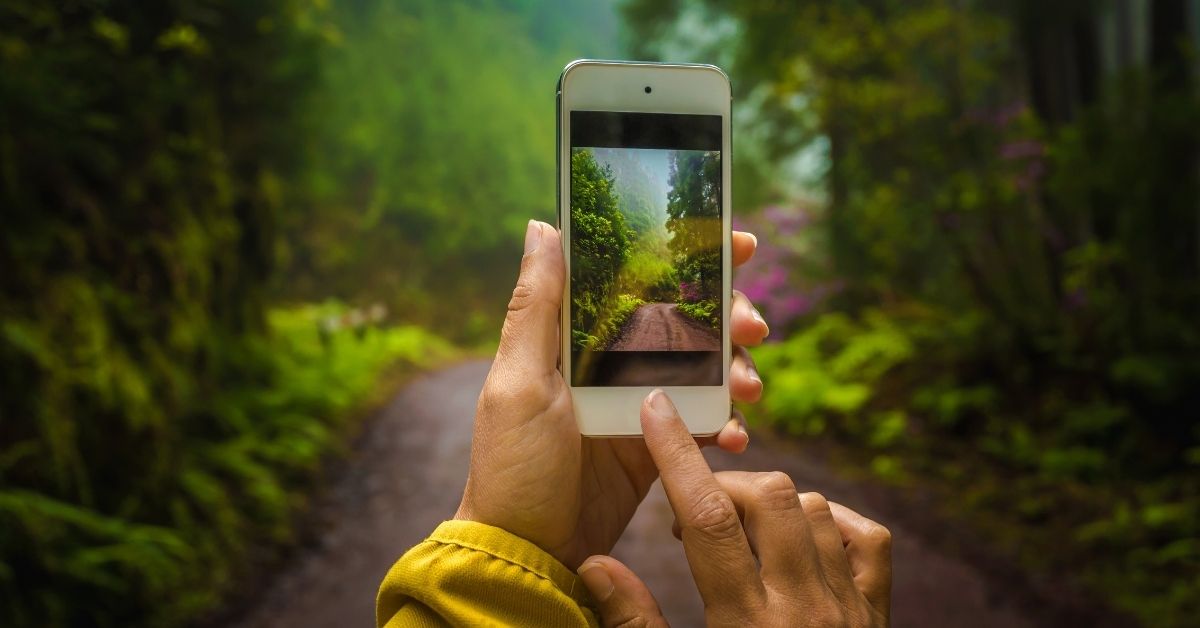Taking an excellent snapshot before the days of cellphones — if you can recall such a time — was a time-consuming procedure. You’d have to purchase a high-end camera and editing software for your desktop computer, as well as devote a significant amount of time and effort to learning how to utilize them.
However, thanks to our mobile devices and the editing programs that come with them, we can now capture high-quality images and edit them quickly and easily – all from the same device that we use to make calls.
Brands are catching on as well; these types of pictures are still crucial in marketing. But make no mistake: taking a stunning photo with your smartphone is more complicated than simply pointing and shooting. Unfortunately, there are a lot of poor smartphone shots out there, and I’m sure you’ve seen a number of them.
So, what’s the trick to getting beautiful photos with your smartphone? There are a few of them, as it turns out. Take a look at the ideas below to help you enhance your smartphone photography skills. (And once you’ve mastered the art of snapping photos, check out some of the most acceptable mobile picture editing applications.)
How to Take Good Photos With Your Phone:
1. To balance your shot, use gridlines.
Turning on the camera’s gridlines is one of the simplest and most effective techniques to improve your smartphone images. The “rule of thirds” — a photographic composition theory that states that a picture should be divided down into thirds, both horizontally and vertically, for a total of nine components — is superimposed on the screen of your smartphone’s camera.
Arrange points of interest in these intersections or along the lines. According to this notion, your shot will be more balanced and level and allow viewers to interact with it more organically.
To turn on the grid
iOs: Go to “Settings,” choose “Photos & Camera,” and switch “Grid” on.
Android: Launch the camera, go to “Settings,” change the “gridlines” option to “on.”
2. Adjust the focus on your camera.
The foreground of your frame is automatically focused on today’s phone cameras, but not every image you snap on your phone has a prominent subject. Open your camera and tap the screen where you wish to sharpen the view to adjust where your camera lens will concentrate.
It can be challenging for your camera to follow a moving subject and refocus as needed if you’re taking a photo of something in motion. So before taking the picture, tap the screen to adjust the focus of your phone camera to ensure that the moving subject is in the direction as much as possible.
The focus of your photo should then be shifted to all of the stuff inside a square or circular icon that appears on your camera screen.
3. Concentrate on a single topic.
Many of the great photographs have a single, intriguing subject. Spend some more time in setting up the shot while photographing one. According to some experienced photographers, the matter should not take up the entire frame, and two-thirds of the image should be negative space, which helps the subject stand out even more.
However, make sure you tap the screen of your smartphone to focus the camera on your subject – this will ensure that it’s focused and the lighting is optimal.
Pro tip: After you’ve captured the shot, you may use filters and programs to enhance the subject’s vibrancy or crop it to frame the topic properly. The photo’s brightness, contrast, and saturation can also be modified based on your preferences – all from your phone.
4. Use HDR mode
High Dynamic Range, or HDR, has become a standard feature in smartphone camera programs. Simply told, it enhances the detail in the darkest and lightest areas of your image and improves the overall color balance. The disadvantage is that photographs in HDR mode take a little longer to process as your smartphone figures it all out.
It’s especially good for landscapes and portrait photographs with a lot of contrast between the darkest and lightest sections of the image. Because it takes a few milliseconds longer to take a picture, you should avoid using it on fast-moving subjects or when you can’t hold your phone firmly.
To put it another way, it prevents the sky from being too bright or the ground from being too dark, which is ideal for landscape photography. If your scene has a lot of contrast between the lightest and darkest sections, employing the camera phone’s HDR function is a fantastic alternative.
Whatever phone you have, “HDR mode” should be prominently displayed somewhere on the screen. You may also be able to enable this to engage automatically (like with stock Android, above), which means HDR mode will activate anytime the camera detects that it would be beneficial. HDR mode can also be turned on and off manually.
5. Steady your shot
The sensitivity to movement is one area where smartphone cameras still fall short of dedicated cameras. A smartphone photo can look like it was taken on a rocking boat with just a tiny wobble, whereas a more professional DSLR can handle this type of motion better.
As a result, it’s critical to keep camera shake to a minimum. Although purchasing a tripod may appear to be overkill, you can get inexpensive, compact tripod types designed exclusively for cellphones.
If you don’t want to buy a tripod, use whatever you have on hand, such as a wall, a friend’s shoulder, or your other arm. In low-light situations, where exposure durations must be short, keeping the shot steady is very critical.




